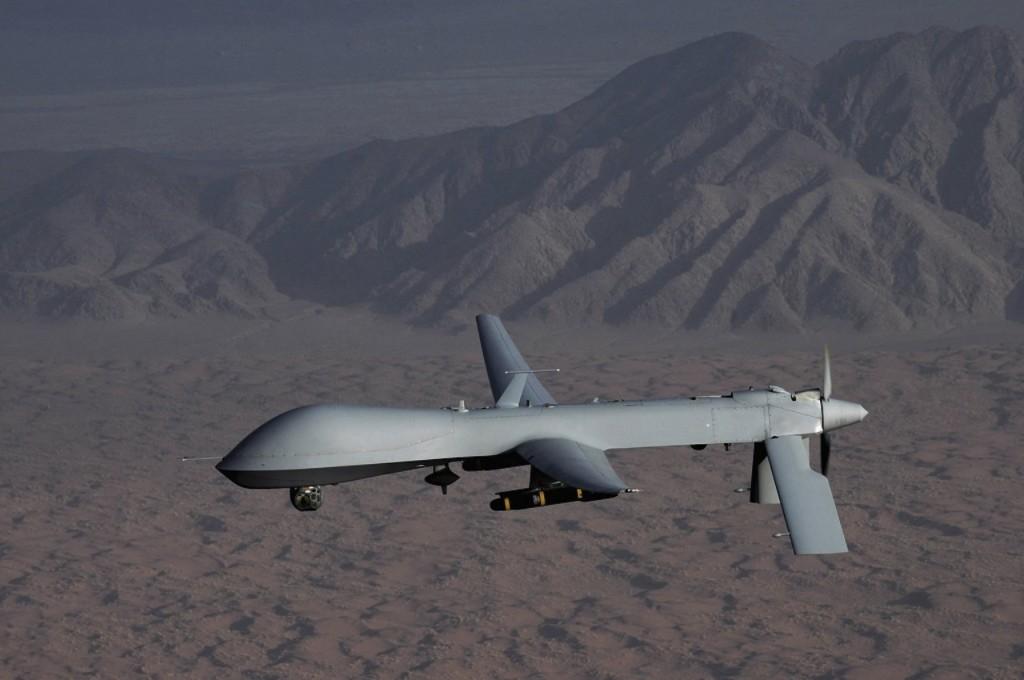Why Drones
Why Obama’s Drone Policy is the Right way to Deal with American Terrorists
Since the declaration of the war on terror post 9/11 by then president George W. Bush the usage of drones has greatly increased. In mid February President Obama issued an executive order with bipartisan support condoning the usage of drones against US citizens strongly suspected of terrorism during wartime. Drone usage against American citizens suspected of terrorism during wartime is an effective way to deal with dangerous threats to national security that may require immediate action and should be continued.
Drones have been an evolving part of modern warfare and intelligence since the 1970’s. Then drones were nothing compared to the drones of today. Then they had very limited capabilities and their actions were mostly restricted to intelligence gathering and spywork. Today, drones are much larger in size and have many different capabilities including carrying out anti terrorist operations as well as spying. The drones of today can be as large as the semi trailer sized Northrop Grumman RQ-4 Global Hawk or as small as the drones that are readily available at your neighborhood bookstore and controllable with a smartphone app.
Drones have been a topic of controversy since their first use. Critics of Drones say that they make it easier to kill and disconnect the soldier from the act of the killing. Proponents of the drone program say that it is a more effective use of military spending and keeps soldiers out of harm’s way when trying to deal with a threat. Drones are also used for non combat situations. These include long term surveillance operations, traffic checks and imaging for google earth.
There are many different types of drones that are used for a wide variety of things. Some current uses of drone in a domestic setting include some police and sheriff departments that use drones to see into buildings where there may be a hostage situation. Drones are also currently being used in the United States by the US Border Patrol to combat illegal immigration as well as drug trafficking and production.
The number of people killed by United States drones was in the mid 200’s last year and is currently in the low 100’s . Of the people killed by drones in the past year and half less than 10 of them are known civilians and more than 95 percent are known militants . This means that while there may be some very slight civilian casualties the effectiveness of the drone program in eliminating known terrorists is obvious. With these current rates of citizen casualties if this program were used on US citizens it would be very unlikely that any innocent US citizens would be killed due to the high scrutiny the program would undoubtedly receive .
When drones were first introduced in the 1900’s and according to our government: “The birth of U.S. UAVs (called RPVs at the time) began in 1959 when United States Air Force (USAF) officers, concerned about losing pilots over hostile territory, began planning for the use of unmanned flights. This plan became intensified when Francis Gary Powers and his “secret” U-2 were shot down over the Soviet Union in 1960 according to the United States Air Force. Within days, the highly classified UAV program was launched under the codename of “Red Wagon”. The August 2 and August 4, 1964, clash in the Tonkin Gulf between naval units of the U.S. and North Vietnamese Navy initiated America’s highly classified UAVs into their first combat missions of the Vietnam War.”
US Attorney General Eric Holder said in a letter to members of congress that the executive order would never be used against innocent citizens on American soil. Even though the Attorney General has said that it would not be used on American soil that is still one of the main arguments against the executive order. Another argument against it takes a constitutional look at the order. The opponents on this front say it may be a denial of due process and habeas corpus. While these may be some valid arguments there are reasonable explanations about why this order is still constitutional. First, according to Article I, Section IX of the U.S. Constitution“The privilege of the writ of habeas corpus shall not be suspended, unless when in cases of rebellion or invasion the public safety may require it.”, so basically during war time a denial of habeas corpus is in fact constitutional. The second of the two explanations I want to mention is the denial of due process. While this is a valid argument and does raise some questions it is also explainable. During wartime even citizens of the United States can be designated as enemy combatants. This means that the government therefore has a right to deny them due process because they are enemies of the United States.
With most cases of people suspected of terrorism the people under suspicion are usually captured or arrested and brought in for a trial; but in some cases the people who are suspected are extremely dangerous and difficult to find. Because of the aforementioned difficulties in apprehending suspected terrorists the US sanctions missions my unmanned drone to eliminate the terrorist. Because this is an unmanned drone the soldiers trying to stop or eliminate the terrorist are not put in harm’s way.









